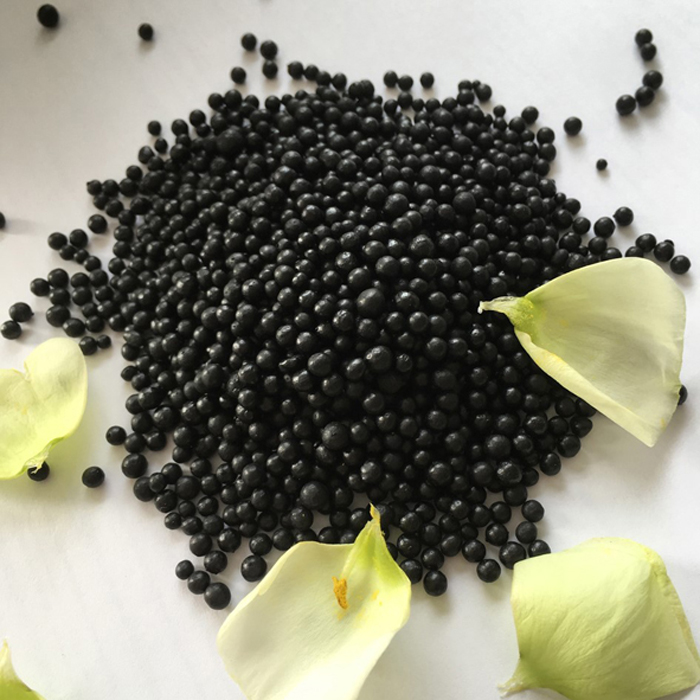
Dic . 14, 2024 00:02 Back to list
Types of Phosphate Fertilizers and Their Applications for Agricultural Use
Understanding Phosphate Fertilizer Types and Their Importance
Phosphate fertilizers play a crucial role in modern agriculture, providing essential nutrients that enhance plant growth and development. As one of the three primary macronutrients—alongside nitrogen and potassium—phosphorus is vital for various physiological processes in plants, including energy transfer, photosynthesis, and nutrient transportation. With the increasing demand for food production to meet the needs of a growing global population, understanding the types of phosphate fertilizers and their applications has become more important than ever.
Types of Phosphate Fertilizers
Phosphate fertilizers can be categorized into two main groups organic and inorganic fertilizers
. Each type has distinct characteristics, sources, and benefits.1. Inorganic Phosphate Fertilizers Inorganic phosphate fertilizers are synthetic products derived from rock phosphate, which is mined from natural deposits. These fertilizers usually contain high concentrations of phosphorus and are widely used in agriculture due to their immediate availability to plants. Some common types include
- Monoammonium Phosphate (MAP) MAP is a popular fertilizer that contains approximately 11% nitrogen and 48% phosphorus (as P2O5). It is highly soluble in water, making it readily available for plant uptake. MAP is often used in a range of crops and can be applied at planting or as a top dressing during the growing season.
- Diammonium Phosphate (DAP) DAP is another widely used phosphate fertilizer, consisting of around 18% nitrogen and 46% phosphorus. Similar to MAP, it is highly soluble and promotes early root development, making it especially beneficial for young plants. DAP is commonly utilized for cereals, grains, and legumes.
- Superphosphate This fertilizer is produced by treating rock phosphate with sulfuric acid, resulting in a product that typically contains 20-21% phosphorus. It is considered a fast-acting fertilizer, releasing phosphorus quickly into the soil. Superphosphate is most effective when applied to soils that are low in phosphorus content.
phosphate fertilizer types

- Triple Superphosphate (TSP) A more concentrated form of superphosphate, TSP contains about 44-48% phosphorus. This fertilizer is suitable for use on soils with a low phosphorus index, as it provides a substantial amount of phosphorus in a smaller volume compared to other types.
2. Organic Phosphate Fertilizers Organic phosphate fertilizers come from natural organic sources, including animal manure, compost, bone meal, and plant residues. Although they usually contain lower concentrations of phosphorus compared to inorganic fertilizers, they promote long-term soil health and enhance microbial activity. Some examples include
- Bone Meal Made from crushed animal bones, bone meal is rich in phosphorus and calcium. It releases nutrients slowly over time, making it a great choice for perennial crops and gardens. Bone meal can improve soil structure and provide a nutrient-rich environment for beneficial microorganisms.
- Fish Emulsion This organic fertilizer, derived from fish by-products, contains nitrogen, phosphorus, and trace minerals. Fish emulsion is typically used as a foliar spray or soil drench, providing a quick nutrient boost, particularly during the growing season.
- Compost While compost is not solely a phosphate fertilizer, it does provide a balanced source of nutrients, including phosphorus, when made from organic matter. Regularly adding compost to the soil enhances its structure while providing a gradual release of nutrients.
Conclusion
In conclusion, phosphate fertilizers are integral to achieving high agricultural productivity and ensuring food security. Understanding the various types of phosphate fertilizers available—both inorganic and organic—allows farmers and gardeners to make informed decisions tailored to their specific soil needs and crop requirements. While inorganic fertilizers provide quick nutrient availability, organic options build long-term soil fertility and health. Ultimately, the appropriate choice depends on individual agricultural practices, soil conditions, and sustainability goals. By strategically using phosphate fertilizers, we can navigate the challenges of modern agriculture while preserving our natural resources for future generations.
-
Organic Manure Compost: GPT-4 Turbo Enhanced Fertilizer
NewsAug.03,2025
-
10-10-10 Organic Fertilizer - Balanced NPK Formula
NewsAug.02,2025
-
Premium Organic Manure Compost for Eco Gardens
NewsAug.01,2025
-
Organic 10-10-10 Fertilizer | Balanced Plant Nutrients
NewsJul.31,2025
-
Premium Amino Acid Fertilizer | Rapid Plant Growth Booster
NewsJul.31,2025
-
10 10 10 Fertilizer Organic—Balanced NPK for All Plants
NewsJul.30,2025
